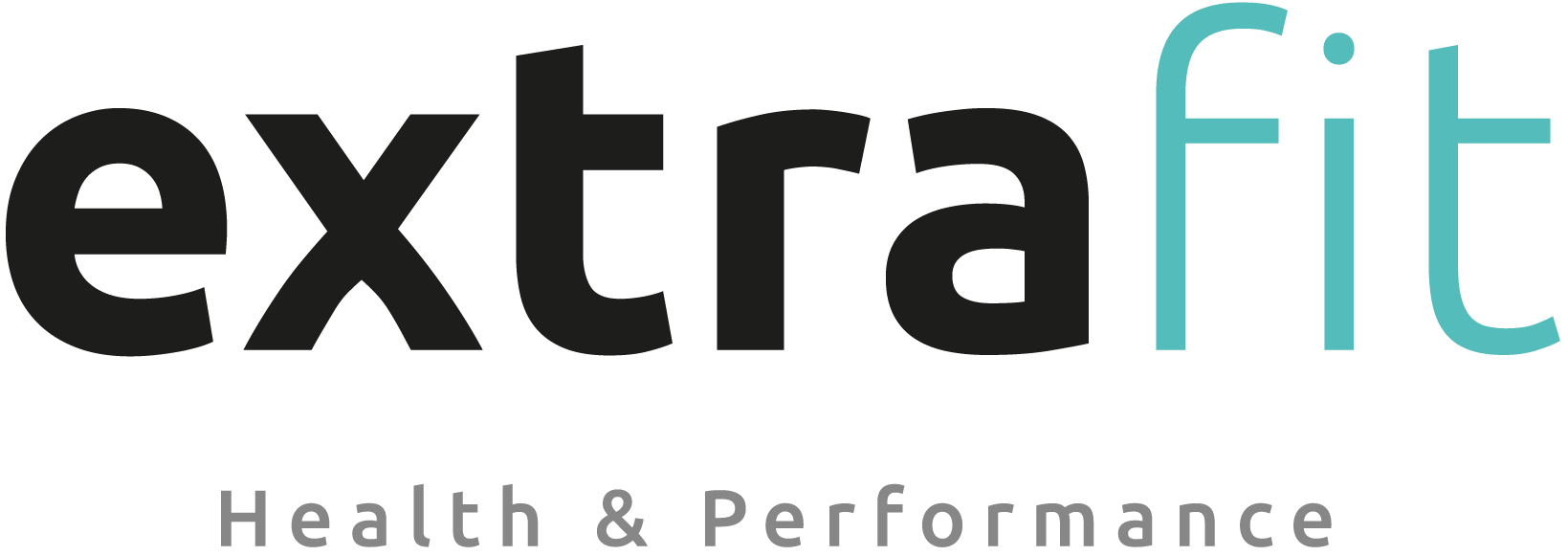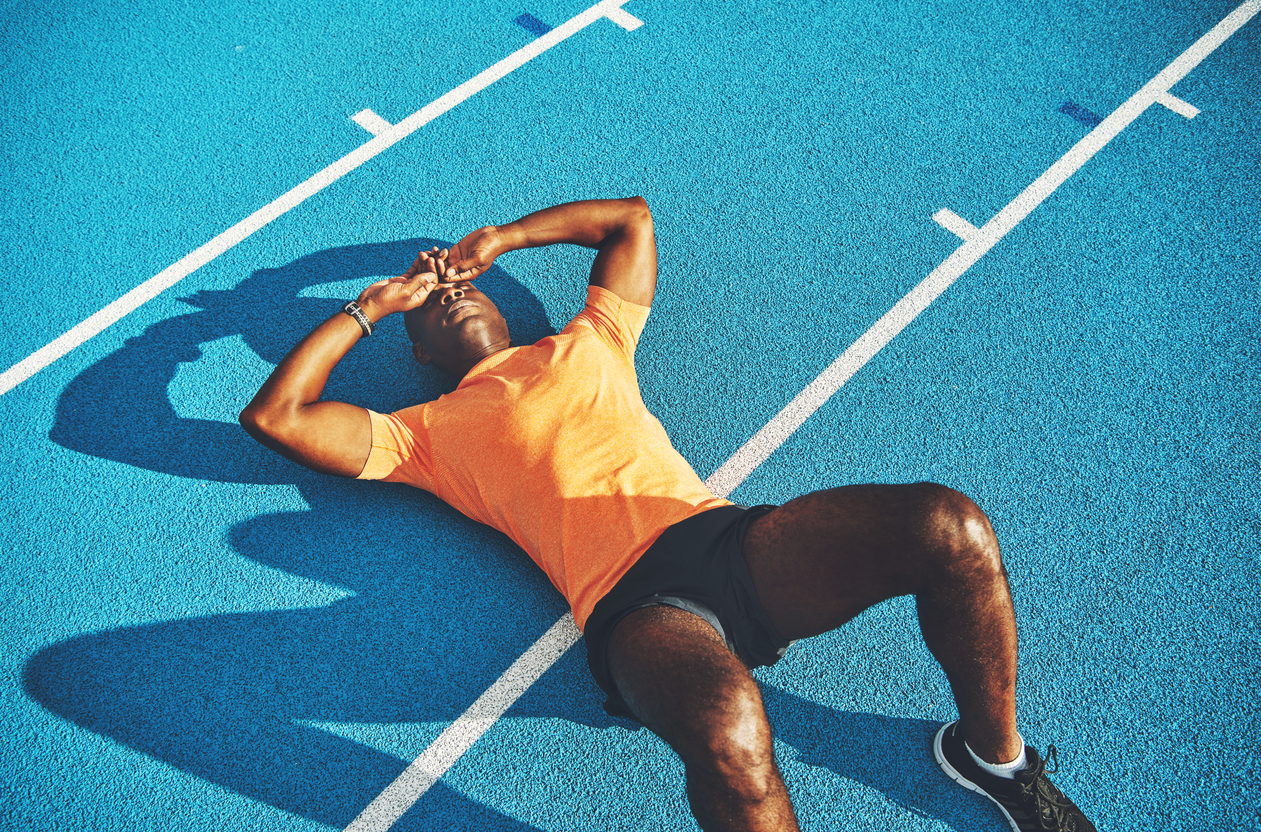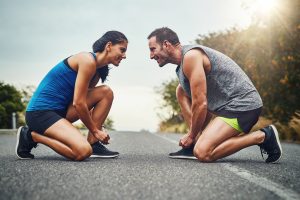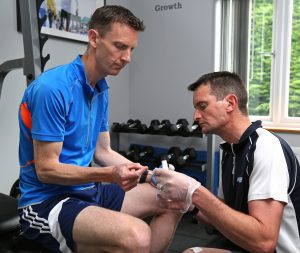As the world’s most common nutritional disorder, iron deficiency affects more than 25% of the global population.¹
A vital mineral for the body, iron plays vitally important roles in oxygen transport, acid-base balance and energy metabolism. Found predominantly within red blood cells (haemoglobin) which transport oxygen in your blood from the lungs to the tissues throughout the body, iron is necessary for their production.
Athletes At Risk
With the recommended dietary allowance (RDA) of 8.7mg for men, and 14.8mg for females2, to maintain optimum performance and VO2MAX, endurance athletes require an increased amount of iron due to the additional amount of iron lost through sweat, urine and the gastrointestinal (GI) tract, with female athletes particularly susceptible to iron deficiency due to heightened iron loss through menstruation.

Due to the high demands placed on an endurance athletes’ muscles, through intensive training regimes and competitions, ensuring a sufficient amount of iron is essential to avoid the risk of starving muscles of oxygen which can in turn present decreased exercise performance, increased heart rate and shortness of breath during exercise, more frequent injury and a higher risk of stress fractures.
Haem Iron vs Non Haem Iron
Increasing iron through incorporating a combination of more iron rich foods in the diet is the recommended way to avoid iron deficiency.
- Animal based sources referred to as ‘haem iron’ are the most easily absorbed and include red meat (beef, lamb or pork), and some fish such as sardines, with clams containing the highest mg of heme iron content (23.8mg per 3 oz serving) compared to a lamb chop (2.1 mg per 3 oz serving)4.
- Plant based sources known as ‘non-haem iron’, including pulses and legumes (peas, lentils, beans), dark green leafy vegetables (spinach, broccoli, cabbage), as well as nuts, seeds or tofu. (Cooked soybeans contain 8.8mg per 1 cup serving, versus cooked black-eyed peas providing 4.3mg for the same portion).
‘Haem iron’ can actually increase the absorption levels of ‘non haem iron’, so it is thought beneficial to eat a combination of animal and plant based sources.)
Take charge of your iron levels
Having recently invested in a Hemo Control Haemoglobin Analyzer at the clinic, in around 25 seconds, one simple test at the clinic will provide you with extremely precise haemoglobin and haematocrit results (CV ≤2%).

The normal range for haemoglobin is: For men, 13.5 to 17.5 grams per deciliter. For women, 12.0 to 15.5 grams per deciliter. If tested values fall below this level appropriate nutritional and training advice is given and re-testing scheduled.
This is available as a stand alone test, or as part of our more comprehensive athlete testing packages.
Please Note: Concerns of iron deficiency should be confirmed with a blood test, before attempting to treat yourself as iron overload can be very dangerous and lead to potential heart & liver problems.
Let’s keep your muscles oxygenated, your body ExtraFit – and performing at your personal best!
References:
- https://www.healthline.com/nutrition/7-common-nutrient-deficiencies#TOC_TITLE_HDR_2
- https://www.nhs.uk/conditions/vitamins-and-minerals/iron/
- https://www.outsideonline.com/2397065/how-much-iron-is-enough-for-athletes
- https://hemochromatosishelp.com/heme-iron-vs-non-heme-iron/#:~:text=Heme%20iron%20is%20more%20easily,readily%20absorbed%20than%20heme%20iron.




